The main causes of gastrointestinal ailments include a change in diet, frequent consumption of fast food, fatty, fried and smoked foods, stress. Such diseases can seriously impair the patient's quality of life. By the degree of harm, they can be compared with diseases of the cardiovascular system. The prevalence of these diseases has increased significantly in recent years. Pathology can affect all age groups, from young children to the elderly. If you are interested in which diet for liver disease is especially effective, then in this review you will find the answer.
Compliance
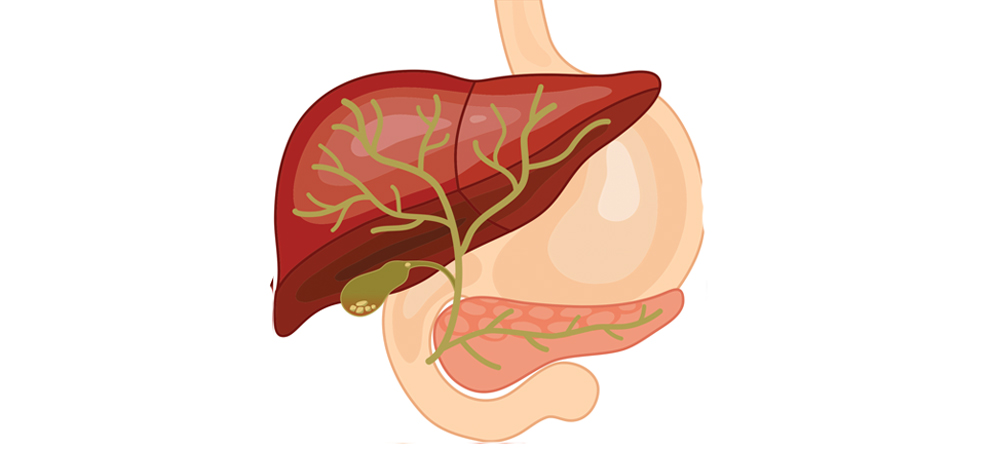
This is one of the main stages. When treating liver diseases, it is especially important to eat right. The universal base diet used for gastrointestinal ailments is table No. 5. It is on this basis that diets are created for patients with gastritis, ulcers or liver diseases. Diet for liver disease should be gentle. It is necessary to exclude or limit the use of any mechanical and chemical irritants. For diseases of the pancreas and liver, a special diet is necessary. Meals should be fractional and not too plentiful, and dishes should be consumed in a warm form. You can’t eat hot or cold dishes.
Principles of eating with liver disease
General rules for the preparation of a diet for pathologies of the gastrointestinal tract:
- Strong irritants such as radish, radish, celery, garlic, and onions must be ruled out. Also, you can not eat smoked and dried foods and fried foods. It is recommended to cook the meat in small pieces, while draining the primary broth. This product is used for the preparation of various dishes.
- It is required to exclude mechanical irritants from the diet, such as coarse meats, fresh vegetables, uncooked foods, and coarse fiber.
- When cooking, do not use the frying method. It is better to give preference to boiled dishes or steamed. You can also try baking without a crust.
- Try to reduce the amount of fat in the diet. In a limited amount, you can consume vegetable oils.
- It is worth reducing the consumption of foods rich in purines. These include: liver, meat of young animals, sardines, tuna, yeast, herring, sprats, caviar, mussels, shrimp, squid, eel.
- It is recommended to reduce the intake of salt and egg yolks.
- Lipotropic substances must be introduced into the diet. They are able to protect the liver from fatty degeneration. Most of these elements are found in low-fat fish, beef, cottage cheese, seafood, buckwheat, soy flour, buttermilk and whey.
- Nutrition should be divided into a large number of receptions. This helps regulate the flow of bile and pancreatic enzymes.
- During an exacerbation, food is best taken in powdered form.
What can I eat with liver diseases?
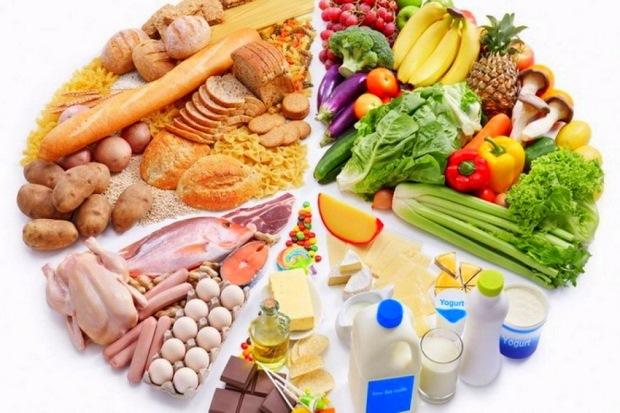
Nutrition with exacerbation of gastrointestinal ailments should contribute to the elimination of pain. Food must be supplied in liquid or grated form. It is also important to observe the principle of frequent fractional nutrition. Food can be taken up to 8 times a day in small quantities (100 grams each). With the development of gastrointestinal diseases, low-calorie nutrition is prescribed. As a rule, the diet consists of boiled foods, cereals, mashed liquid cereals, stewed fruit, jelly, crackers. Gradually, you can introduce products containing protein: cottage cheese in the form of a paste, steamed omelet, cream soup with boiled meat, fish and beef soufflé, steamed cutlets of low-fat minced meat. It is also worth adding butter if the body normally tolerates it. All meals are served steamed or boiled. At first, the products must be carefully ground and grinded. During the period of exacerbation, you can follow the diet of table No. 5A.
Meals include:
- steamed dishes of lean fish and chopped meat;
- grated boiled vegetables (cauliflower, carrot, beetroot, pumpkin, potato);
- reduced salt and refractory fats;
- soups with vegetables and cereals on lean broth;
- cereals (buckwheat, semolina, oat, rice), grated to a semi-liquid state;
- if the body tolerates butter well, you can add it to porridge;
- cream soups with cream and butter;
- low-fat dairy products and cottage cheese;
- protein omelets;
- boiled and raw ripe fruit in grated condition.
When treating diseases of the liver and pancreas, the daily diet should include 400 grams of carbohydrates, 90 grams of protein, and 80 grams of fat. Over time, with chronic pancreatitis, exocrine gland insufficiency may develop. As a rule, this can manifest itself by the improper production of digestive enzymes that are involved in the digestion of proteins, fats and carbohydrates. In this case, patients need good nutrition. The amount of protein can be increased to 120-150 grams. Patients do not tolerate refractory fats. They can cause diarrhea and abdominal pain.
Diet for liver and gallbladder disease requires limiting simple carbohydrates. Otherwise, insulin deficiency can occur and a disease such as diabetes can develop. As a preventative measure, easily digestible carbohydrates should be limited or completely excluded from the diet: white bread, confectionery, sweets and sugar. In the preparation of stewed fruit, jelly and jelly you can use various sweeteners, such as xylitol and saccharin.
How much do you need to follow a diet?

How long do I have to stay with my diet? Diet for liver and biliary tract disease should be followed for years. It is also necessary to take medications prescribed by your doctor. This will help reduce pain and reduce the likelihood of indigestion. It is imperative to add products to the diet that are enzyme inhibitors. These include soybeans, potatoes, egg white, oatmeal. Gradually, the amount of fat can be increased. Drinking alcohol and fried foods is not recommended. Try to carefully introduce new dishes. It is also better to refrain from drinking cocoa, coffee and drinks with gas.
For many diseases of the gastrointestinal tract, fasting days are contraindicated. A kind of mono-diet will allow the system to function in a gentle mode. Since unloading diets are inferior in their chemical composition, they can be prescribed only for one day once a week or less.
List of Available Products
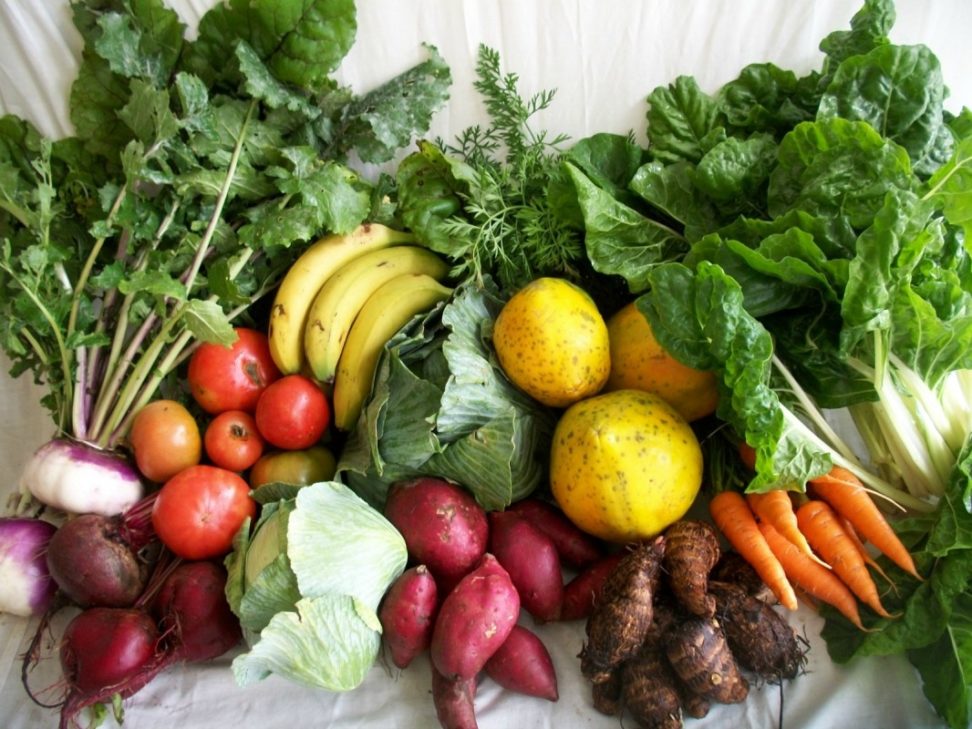
Diet for liver and pancreas disease includes the use of ingredients such as:
- Vegetable broths. You can also eat soups with the addition of cereals. They are properly boiled, kneaded and seasoned with cream, sour cream or butter. Mashed soups are best absorbed in liver diseases.
- Boiled or steamed vegetables. A diet for a week with liver disease must necessarily include pumpkin, zucchini, carrots, cauliflower, beets, green peas. During remission, raw vegetables (grated carrots, squash, or cucumbers) can also be consumed in moderation.
- Water-porridge cooked (oatmeal, semolina, buckwheat). Groats must be properly boiled and grated with the addition of milk. You can also make porridge soufflé, sprinkled with jam or jelly.
- Low-fat meats: rabbit, veal, beef. You should also eat boiled chicken or rabbit. The remaining types of meat can be cooked in a slow cooker.
- Low-fat fish (cod, hake, pollock, perch, pike, common carp) steamed. You can cook cutlets from it. Steamed or stewed fish are also allowed.
- Dairy products with a low fat content. Milk and sour cream can be added to dishes. You can also add low-fat cottage cheese and grated cheese to the food. In case of calcium deficiency, you can eat calcined cottage cheese.
- Of the flour products, the diet for liver disease allows the use of dried bread and crackers. You can also eat inedible cookies.
- Protein omelettes are recommended for daily use.
- Diet for liver, biliary and pancreatic diseases involves the use of sauces on vegetable broth. They can diversify the diet. For their preparation, it is permissible to use milk or sour cream.
- As desserts, you can eat baked pears and apples. It is also worth cooking on xylitol mousse, jelly and candy. It is allowed to use mashed fruits.
- You can eat all fruits in raw and baked form, except for acidic varieties.
What foods can not be consumed with liver diseases?
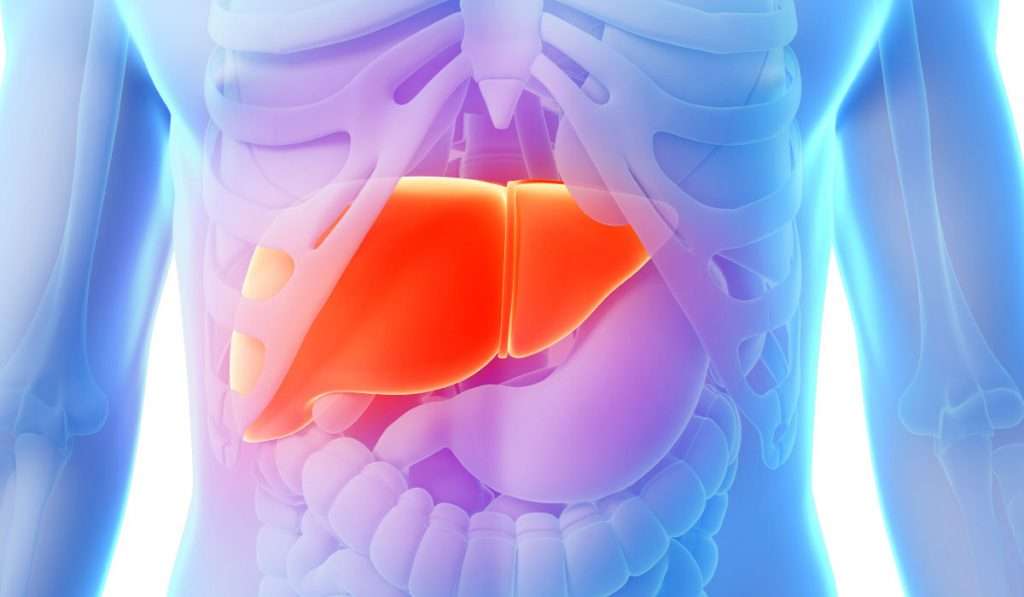
Diet for diseases of the liver and pancreas must completely exclude:
- Meat broths and soups (cabbage soup, borsch, beetroot soup).
- Coarse vegetables (radish, eggplant, cabbage, radish).
- Mushrooms and legumes.
- Fatty meat and fish, lard, duck, fried foods, smoked meats, fish caviar, canned food, sausages and offal.
- Fresh bread, pastries, pancakes and fried cheesecakes, puff pastry, pastry, pancakes.
- Barley, corn, millet and barley groats.
- Completely exclude foods with coarse fiber (horseradish, radish, overripe peas, onions, radish, garlic) from the diet.
- Raw fruits and vegetables during exacerbation should be eaten with extreme caution.
- Diet for liver and pancreas disease cannot include high fat cottage cheese, fried eggs, spicy cheese and fat milk.
- It is worth abandoning the use of acidic fruits and berries: grapes, cherries, cranberries. They adversely affect the metabolism of carbohydrates and can cause bloating.
- Seasonings such as pepper, mayonnaise, ketchup and horseradish should be completely eliminated from the diet.
- Alcohol is prohibited.
Sample menu
Diet for liver and pancreas disease involves a varied diet. It is important to follow certain techniques when cooking. Boiled pasta, casseroles and soufflé from cereals can be added to the diet. But the use of friable cereals is better to limit. In small quantities, butter can be added to the diet. As for vegetables, you can include cauliflower, pumpkin, beets and green peas. From dairy products, it is worth consuming only low-fat cottage cheese with a high content of calcium.
Weekly ration
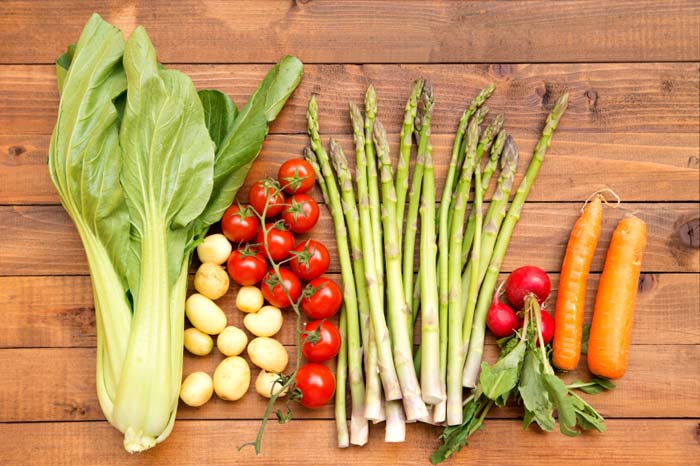
How should a diet be made for liver disease? The menu for the week is presented below:
- breakfast: scrambled eggs, porridge in milk, weak tea;
- lunch: low-fat cottage cheese;
- lunch: zucchini cream soup, steamed chicken meatballs, rice porridge, fruit juice;
- afternoon snack: rosehip infusion;
- dinner: boiled fish, mashed vegetables; jelly;
- at night: low-fat kefir.
Advantages and disadvantages of such nutrition
What is such a diet good for? In liver diseases, recipes are usually used quite balanced. For this reason, you can follow this diet as much as you like. It sparingly affects the organs of the gastrointestinal tract and allows them to normalize their work.
There is only one drawback of such a diet: dishes presented in the main menu are quickly malnourished. But this is a minus of any non-nutritive diets.
results
How can liver disease be cured? Diet and treatment will help normalize the work of this body. It is imperative to maintain a diet for a long period of time. As patients themselves note, an expansion of the diet can lead to a worsening of the condition. If you follow a diet, you can observe a mitigation of the main symptoms. However, not all so simple. To eat right, you have to constantly cook new dishes.
Is the diet really effective for liver and gallbladder disease? According to patients observing such a diet, pain and swelling are not observed. However, there are certain difficulties with dieting, since you have to cook for yourself separately. This is very inconvenient, especially when the family is large. Another minus is that a person on a diet has to watch how his relatives absorb tasty and varied food.
A diet for liver disease involves steaming dishes. Today this does not present a particular problem due to the large number of special kitchen appliances. Cutlets, casseroles and omelets can be cooked in a slow cooker or a double boiler. With exacerbations of the dish, it is also worth grinding everything with a blender.
Conclusion
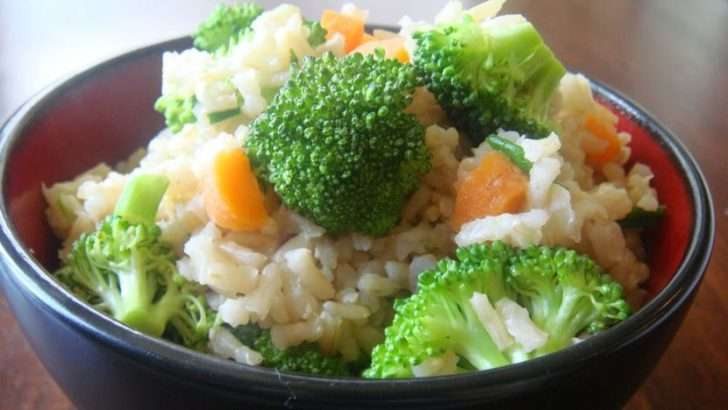
As you can see for yourself, the diet for liver disease is not as complicated as it seems. The main thing is to exclude fried, smoked and salty dishes. The diet must include meat, fish, vegetables and cereals. Following a diet helps to normalize the functioning of internal organs, as well as reduce pain. Always try to lead the right lifestyle - and then you can avoid various health problems.